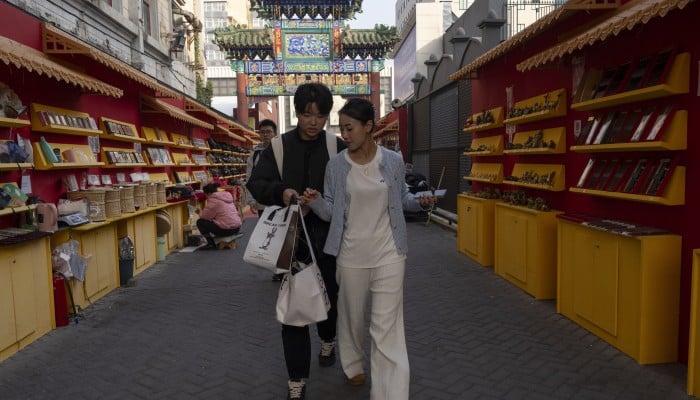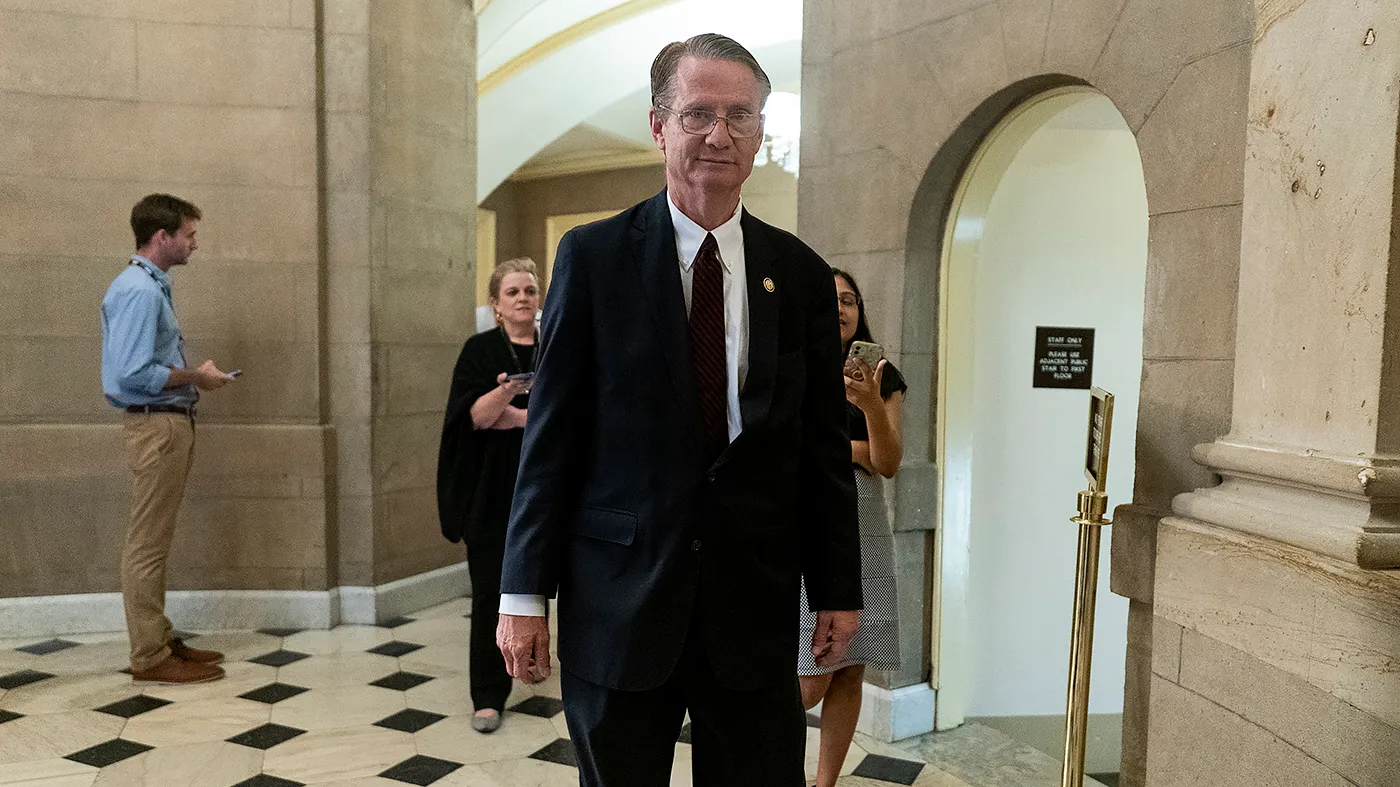China’s Economic Growth Slows in July as Retail and Industrial Activity Fall Short of Expectations
China’s Economic Growth Slows in July as Retail and Industrial Activity Fall Short of Expectations
By
Calder Monroe
Last updated:
August 15, 2025
First Published:
August 15, 2025

Photo: South China Morning Post
July Economic Data Signals Slowdown
China’s economic momentum weakened in July, with key indicators falling short of forecasts and raising concerns about the second half of the year. Retail sales rose just 3.7% year-over-year, significantly below analysts’ projected 4.6% and down from June’s 4.8% increase.
Industrial output expanded 5.7% in July, the slowest pace since November of last year, and slightly underperformed expectations of a 5.9% rise. Meanwhile, fixed-asset investment — a measure of spending on infrastructure, factories, and equipment — grew only 1.6% for the January-July period, decelerating from 2.8% in the first six months and missing forecasts of 2.7%.
Property investment remained a major drag, plunging 12% in the first seven months, reflecting ongoing challenges in the real estate sector and tighter government oversight.
Contributing Factors: Weather and Policy
The National Bureau of Statistics cited several factors behind the disappointing figures, including the “complex and unpredictable external environment” and extreme weather events. Flooding, heavy rains, and record-high temperatures forced factories and construction projects to halt temporarily across multiple regions.
Economists at Goldman Sachs estimated that July alone saw fixed-asset investments decline by 5.2% year-over-year, marking the steepest drop since March 2020 during the early pandemic period.
Beijing’s “anti-involution” policies, aimed at curbing excessive competition and unsustainable price wars in sectors like steel and coal, may also be dampening corporate activity. These measures, designed to protect profitability and reduce deflationary pressures, have had a contractionary effect on the economy.
Employment and Social Indicators
China’s urban survey-based unemployment rate edged up to 5.2% in July, rising from 5% in May and June. Youth unemployment for individuals aged 16-24, excluding college students, has remained persistently high above 14% for over a year, highlighting ongoing labor market challenges.
Global Trade and Policy Context
The slowdown coincides with ongoing trade tensions and negotiations with the United States. Beijing and Washington recently extended a tariff pause for 90 days until mid-November, averting new tariffs and allowing more time for a potential long-term deal. Despite this temporary truce, core disputes over technology access, critical minerals, and industrial policy remain unresolved.
Analysts note that major contributors to the economy’s first-half performance, such as government stimulus and pre-emptive trade measures, are fading. Economists warn that full-year growth may undershoot the government’s 5% target unless fresh policy support is introduced in the coming months.
Looking Ahead
China’s economy grew 5.3% in the first half of 2025, on track to meet the official growth target. However, with weak domestic demand, property sector stress, and ongoing policy adjustments, analysts caution that Beijing may need to implement additional measures to stabilize growth and maintain confidence among investors and consumers alike.
The next months will be critical in assessing whether China can sustain its growth trajectory amid domestic pressures and global uncertainties, including trade negotiations and geopolitical risks.
Popular articles
Subscribe to unlock premium content
Global Cultures and the Hidden Drivers of Productivity and Happiness

The Future of Personalized Medicine

Digital Nomads and the New Global Economy

Global Cultures and the Hidden Drivers of Productivity and Happiness

The Future of Personalized Medicine

Global Cultures and the Hidden Drivers of Productivity and Happiness









